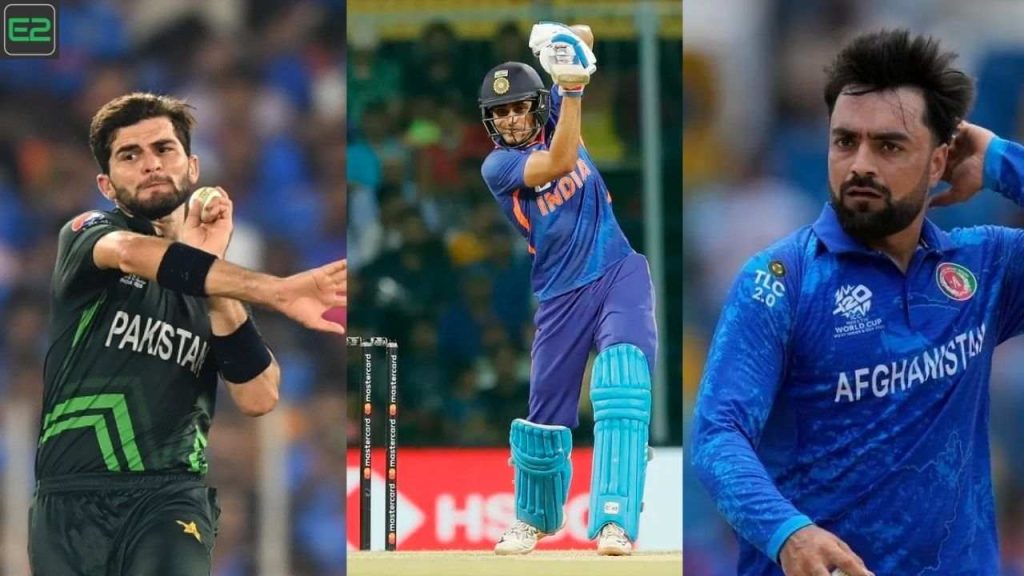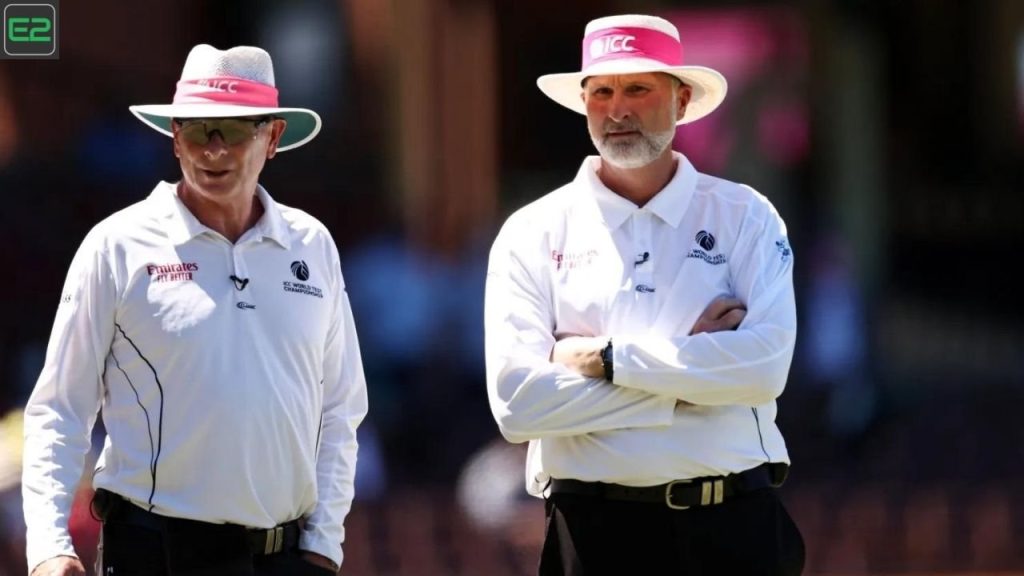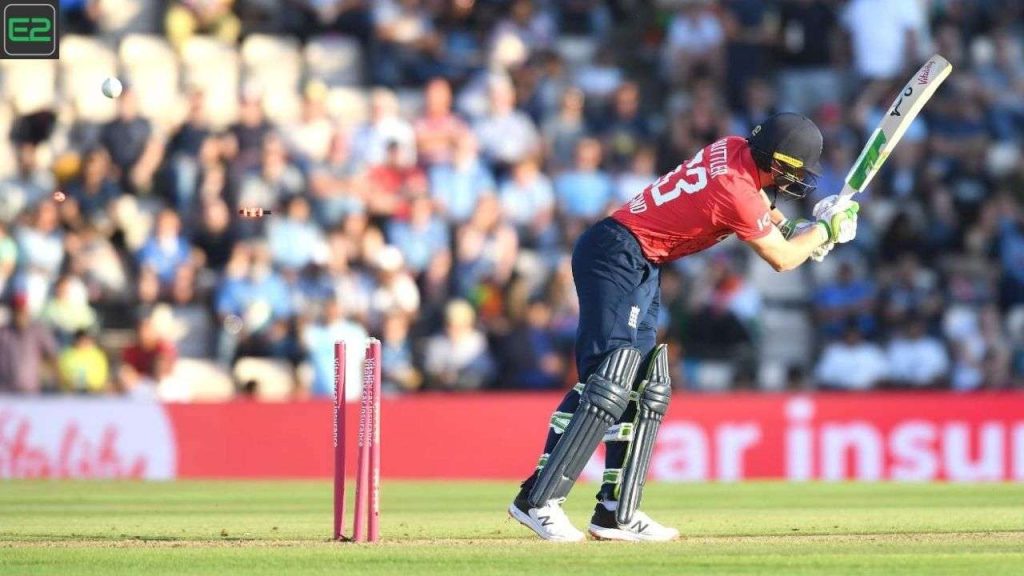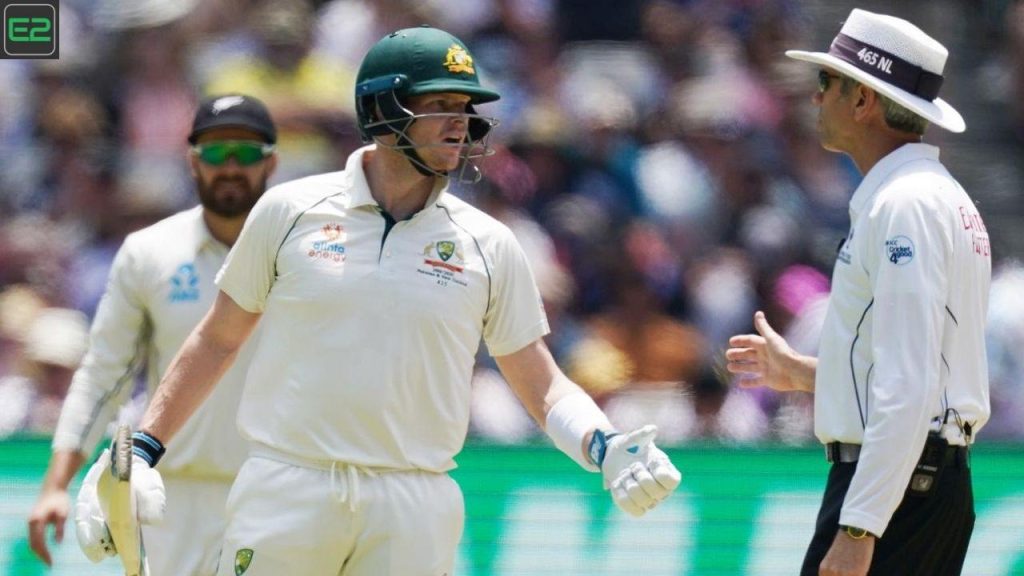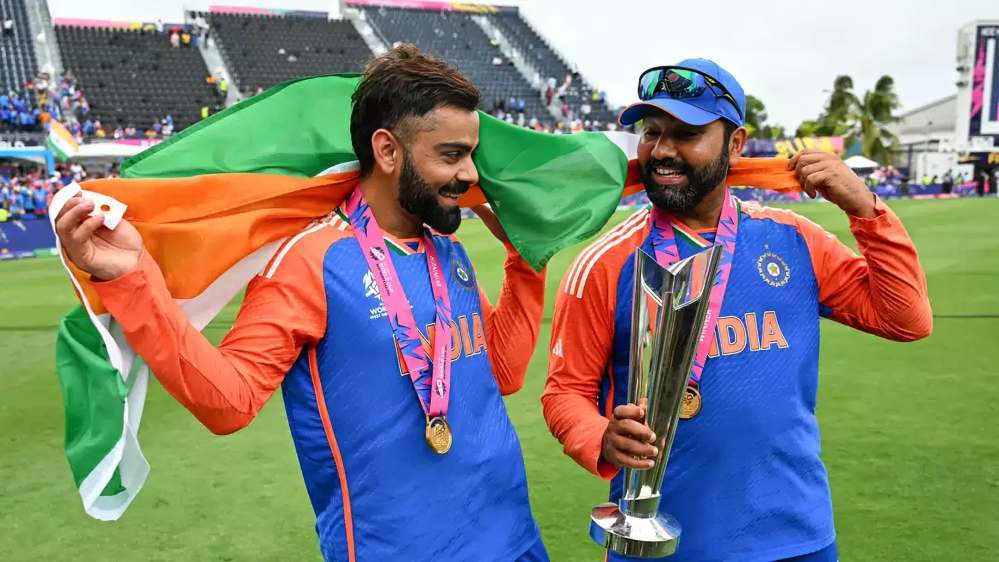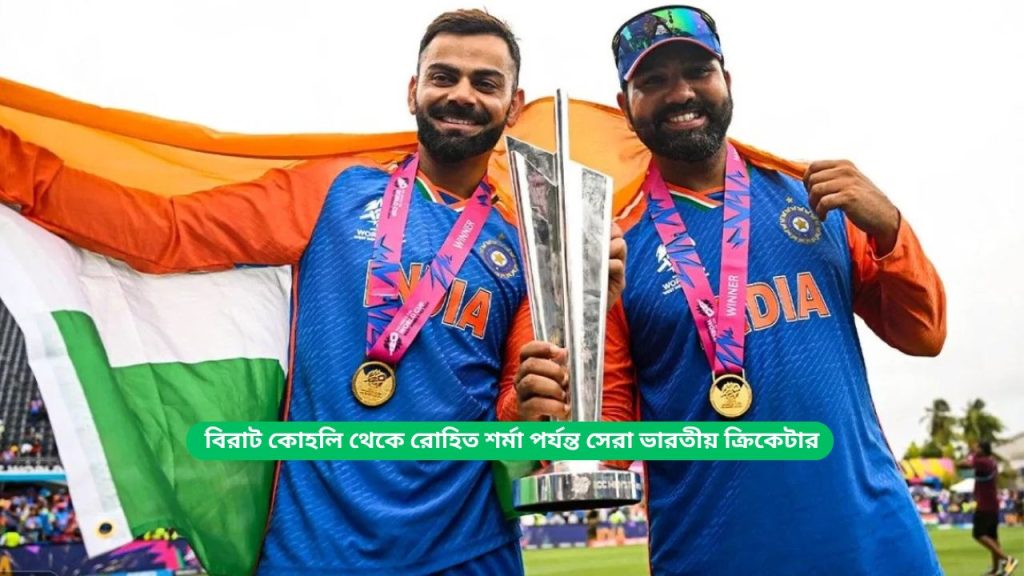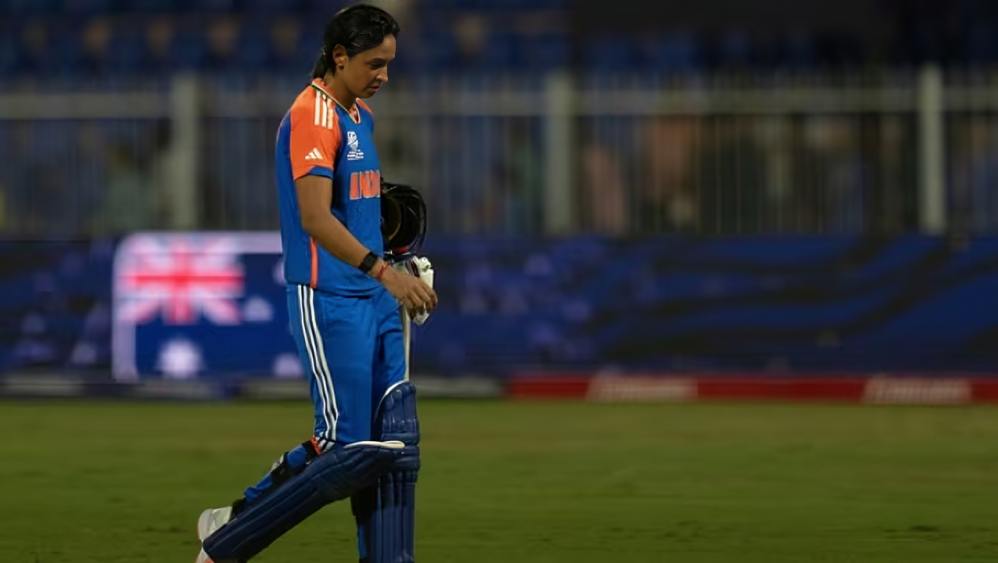History Of Global Growth

History of Women Cricket Team: By 1934, the appeal of women’s cricket had stretched across oceans where associations had been formed in Australia and New Zealand. This global reach signaled it was time for women to play internationally. So an England team set sail for Australia, where across the 1934/35 Australian cricket season they played in three Test matches – of which they won two.
International cricket continued to be played whenever the women could afford the travel, and in 1958 it was agreed that an International Women’s Cricket Council should be formed.
The council’s purpose was to promote further international tours, as well as provide “a liaison between countries for discussions on any question appertaining to the game”. The founding members were England, Australia, New Zealand, South Africa and Holland. Its membership gradually expanded as women’s associations were set up in India (1973), the West Indies (1973), Ireland (1982), Denmark (1983), Pakistan (1997) and Sri Lanka (1997).
The History Women’s World Cup
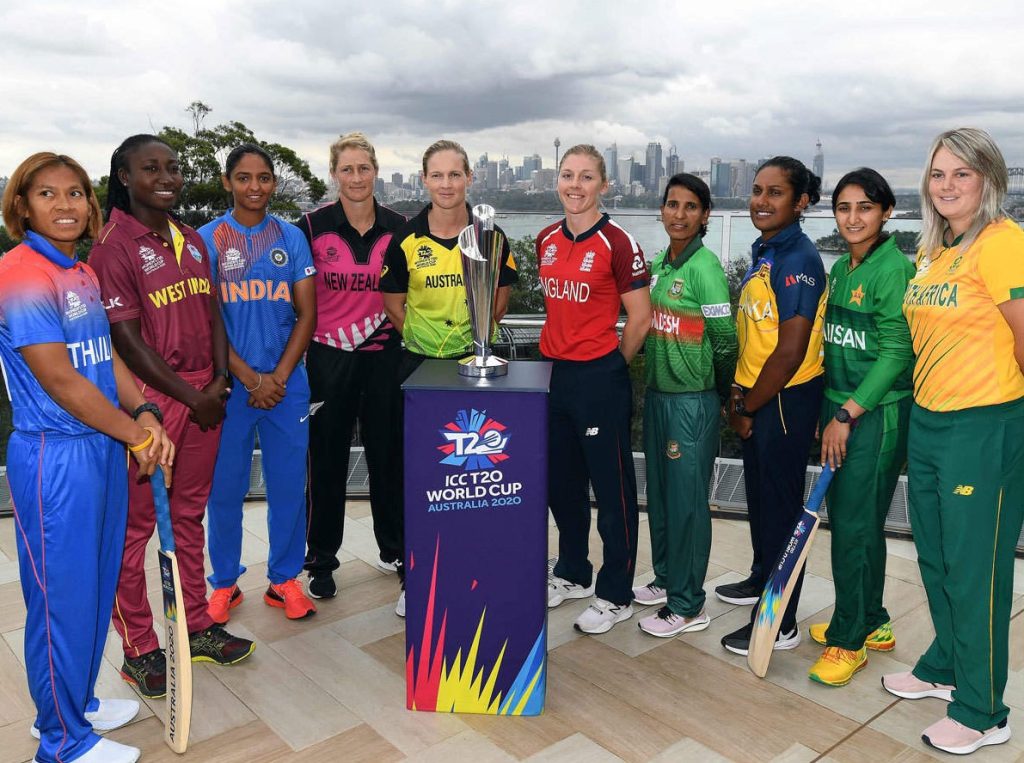
The first Women’s World Cup was the product of a chance conversation between the then-England captain Rachael Heyhoe-Flint and millionaire businessman Jack Hayward. Staged in 1973, Hayward stumped up £40,000 to cover the costs and seven teams – England, an English youth team, Australia, New Zealand, Jamaica, Trinidad and Tobago, and an International XI (made up of players from all participating countries) – took part.
The tournament was such a roaring success that the MCC, which had refused to host the 1973 final, agreed to let women play at Lords – the “Home of Cricket” – for the first time. On August 1976 4, led out by Heyhoe-Flint, England met Australia there and won the historic one-day international (ODI) by eight wickets.
The lack of money and resources in the women’s game had always been a barrier, so in the 1990s a closer relationship was sought with the men’s. In 1992, New Zealand became the first Test-playing nation to merge its men’s and women’s cricketing set-ups – England followed in 1998. In 2005 the International Women’s Cricket Council (IWCC) agreed to hand over control of the global women’s game to the male-run International Cricket Council (ICC), and all remaining women’s national associations were absorbed by their male counterparts.
For its entire history, the women’s game had been an amateur pursuit, played simply for the love of the game. But linking up with the men allowed more money to flow into women’s cricket. In May 2014, the ECB made history by introducing the first professional contracts for women, awarding these to 18 of England’s top players.
There are now professional contracts in place in all T20 World Cup competing nations – including Thailand, who have played in the competition for the first time this year.
The rise of T20
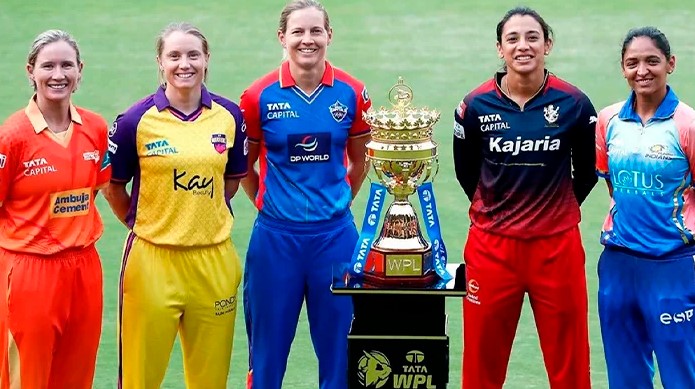
“T20” – a shorter version, with each side having 20 overs to score as many runs as possible – was first played professionally in 2003, and has proved an excellent vehicle for the advancement of the women’s game.
In 2009 the ICC staged the first-ever T20 World Cup for female cricketers (known originally as the World Twenty20). It was held in England at the same time as the men’s tournament. The semi-finals and finals were “double-headers” with the women’s matches directly before the men’s, which helped the women’s teams secure bigger crowds and more media coverage.
Over time, the profile of women’s cricket grew so much it no longer needed to piggyback on the men. The 2018 World T20 in the Caribbean was the first to be staged as a standalone tournament, and the current World Cup in Australia is taking place seven months ahead of the men’s tournament, enabling the women to have the spotlight all to themselves.
The last 50-over Women’s World Cup in 2017 (ODI) was watched by more than 180 million fans, and every one of the 30,000 seats at the final at Lord’s – which was won by England – was filled. The organisers of the current World Cup are hoping to do better, and fill Melbourne Cricket Ground, with its 95,000 capacity, for the final. If this is achieved, they would break the record for the biggest crowd at a women’s sporting event – currently, 90,185, set during the 1999 FIFA Women’s World Cup Final in California.
You will have fun playing exciting games on here: E2Bet
Here Are Some Helpful Tips:



